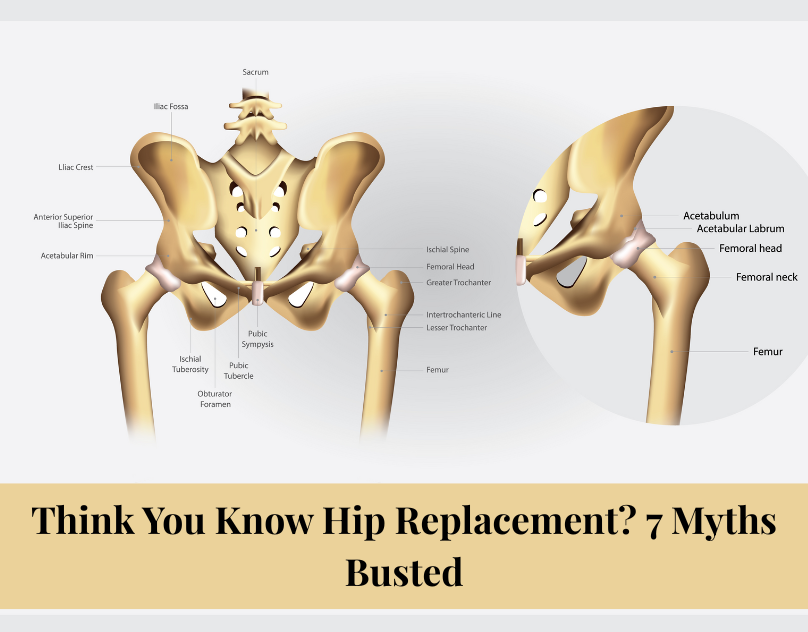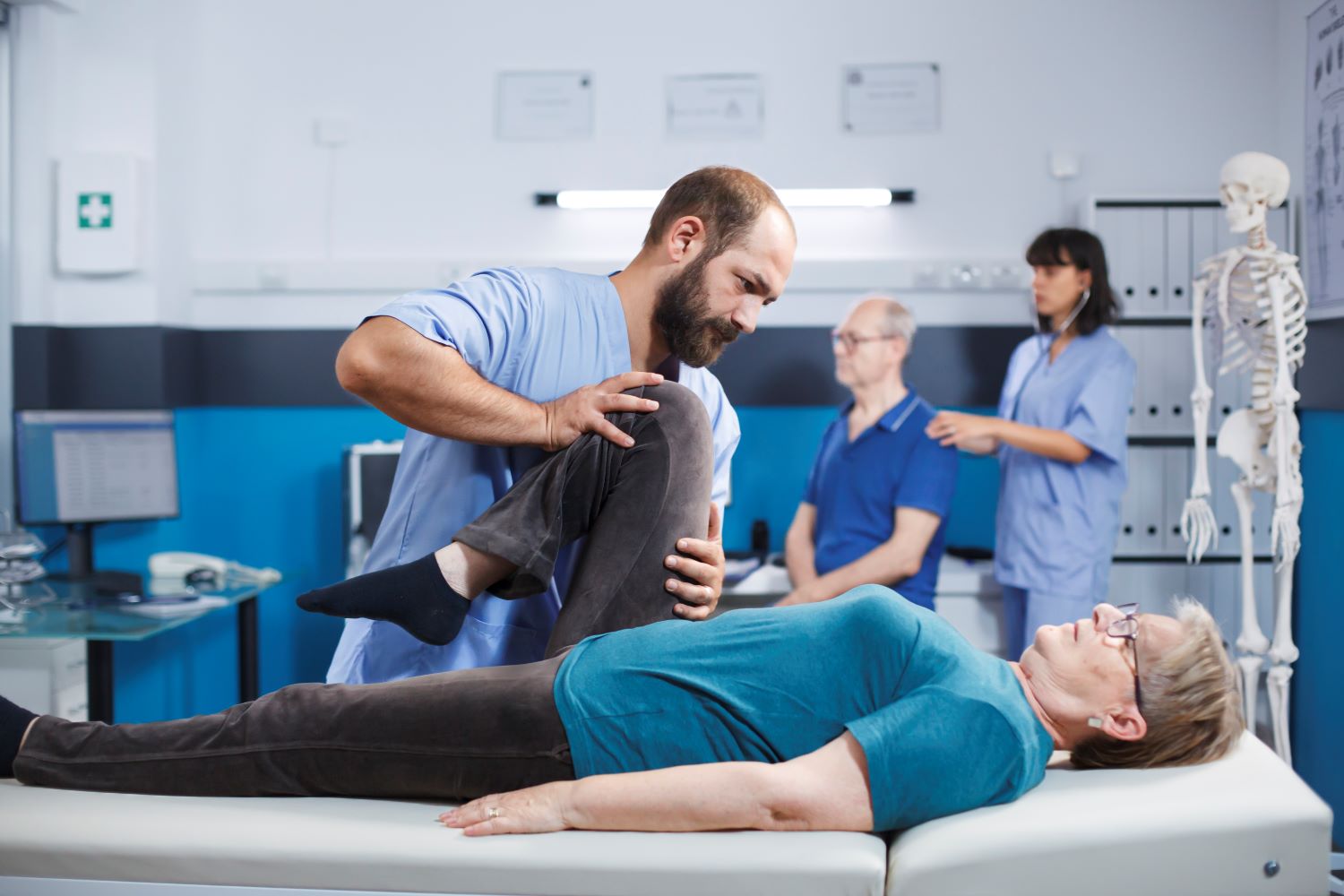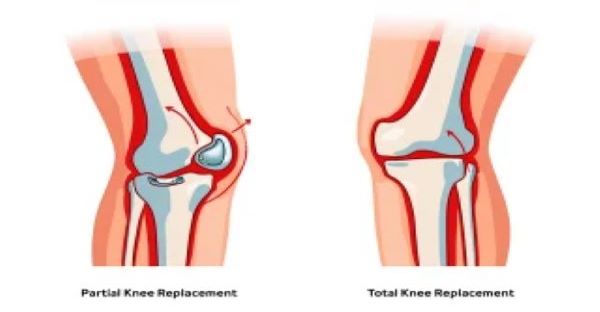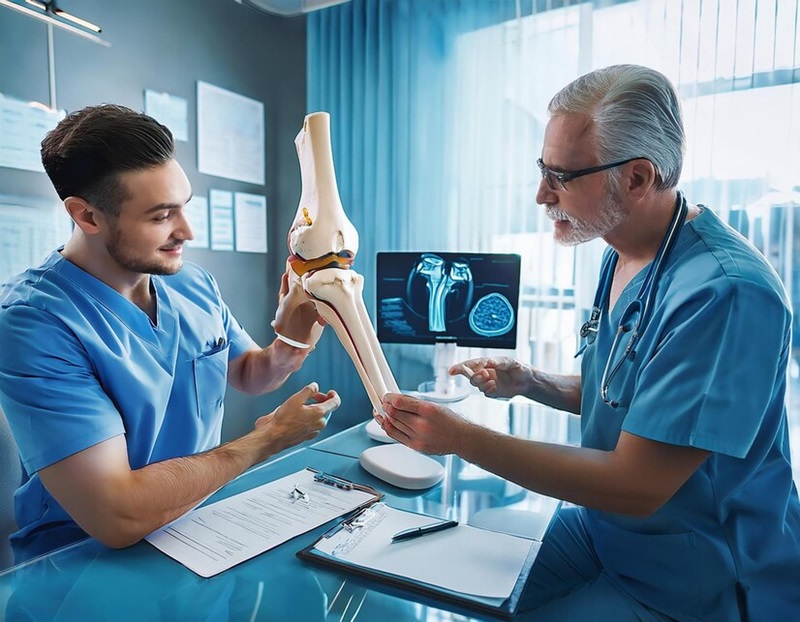Hip replacement surgery is among the most rewarding and successful orthopedic procedures today. Despite this, numerous individuals are deterred by misconceptions and myths due to a lack of information regarding it.
Whatever the reason, arthritis, avascular necrosis, or degeneration of the hip due to age, knowing the facts about hip replacement surgery in Mumbai will enable you to make an educated choice. Here is the dismantling of seven common myths with facts and experiences of skilled experts, including leading orthopedic experts.
Understanding Hip Replacement Surgery
A hip replacement replaces the defective hip joint with a prosthesis in order to alleviate pain and enhance mobility. Advanced technology in robotics, minimal-invasive surgery, and accurate imaging has made hip replacement surgery in Mumbai highly safe and effective. Short recovery time, early discharge from hospital, and better quality of life than ever before are now possible for patients.
Myth 1: Hip Replacement Is Only for the Elderly
While osteoarthritis most often occurs in individuals of mature years, degeneration of the hip joint may happen at any age. Younger patients with diseases such as rheumatoid arthritis, trauma, or avascular necrosis can also derive tremendous benefit from hip replacement.
Modern prostheses are designed to last 20–25 years or longer, making the surgery suitable for both younger and older patients. Experienced orthopedic doctors in Thane often emphasize that age should not be the limiting factor; overall health and level of disability matter more.
Myth 2: You’ll Never Walk Normally Again
In fact, the goal of the procedure is to get you moving normally again with stability and comfort. Most patients can walk unassisted in a day or two after surgery. Normal daily activities like walking, climbing stairs, or even light sports are achievable in a few weeks.
Rehabilitation under the guidance of a physiotherapist and counseling by a seasoned orthopedic physician aids in correct recovery and muscle formation, resulting in spontaneous recovery of gait.
Myth 3: Hip Replacements Always Fail After a Few Years
Implants were once limited to a few decades ago, but technology has come a long way. Better materials such as ceramic, metal, and cross-linked polyethylene are utilized, and they are highly durable and resistant to wear. Artificial hips remain for 20 years or more, some even a lifetime, depending on exercise level and overall health.
Myth 4: Hip Replacement Is Extremely Painful
Orthopedic surgery pain management has been a giant step. From minimally invasive to computer-assisted navigation, the patient today feels much less postoperative pain. Multimodal pain control integrates medication, physical therapy, and controlled rehabilitation for smooth recovery.
Leading orthopedic institutions describe that pain following hip replacement surgery is transient and much lower than pre-surgical joint pain that lasts for years. In fact, most patients experience relief from years of pain within days following surgery.
Myth 5: Recovery Takes Too Long
Hip replacements used to translate into months of hospital stays and recovery periods. Nowadays, with robotic assistance and accelerated rehabilitation programs, patients can generally get back to normal activities in six to eight weeks. Some even begin driving again or return to light office work after a month.
Early mobilization policy implemented by experienced orthopedic surgeons emphasizes walking on the same day or the following morning, with hardly any recovery time and instillation of patient confidence.
Myth 6: It’s Risky and Unsafe
Everything that’s done involves some risk, but hip replacement is the safest and most successful of the significant operations. Pre-surgical high-tech examinations, accurate robotically guided instruments, and advanced anesthesia techniques reduce complications to near zero. Infection and dislocation rates today are near zero when undertaken by experienced specialists.
Hip replacement surgery employs robotic arms and 3D imaging technology to replace the hip joint in order to place it precisely and minimize tissue damage; hence, healing is quick, and highly predictable outcomes are achieved.
Myth 7: You Can’t Play Sports Again
Although intense sports such as jogging or basketball are not recommended, patients may swim, bike, golf, walk, and practice yoga once they have recovered completely. The goal of a hip replacement is not to deprive your life of something, but to introduce activities to it.
Your orthopedic specialist will set up a rehabilitation regimen to restore muscle strength and prescribe appropriate exercises. Most patients are back to active recreational fitness and lead healthy, independent lifestyles without prior joint pain.
The Role of Robotic Hip Replacement
Robot-assisted hip replacement is becoming a highly sought-after choice in India by the day. It brings together the expertise of the surgeon and the latest technology to produce unmatched accuracy and results.
This is how it benefits:
- Improved accuracy: The system uses the hip anatomy in 3D for optimal implant placement.
- Reduced tissue damage: Minimally invasive incisions minimize pain and blood loss.
- Improved joint longevity: Accurate alignment reduces wear and extends implant lifespan.
- Improved recovery: Patients regain mobility earlier with fewer complications.
Hospitals providing hip replacement surgery and its suburbs, spend more on robotic orthopedic technology to ensure patients receive improved care.
When Should You Opt for Hip Replacement?
If you have:
- Chronic hip or groin pain, even when resting.
- Trouble walking, climbing, or doing daily activities.
- Stiffness restricts the movement of the joints.
- Inseparable sleep due to hip pain.
- Unsatisfactory outcome from physiotherapy or medication.
Seeing a proper orthopedic doctor in Thane aids in deciding if a surgical procedure is your best choice or if nonsurgical methods still function.
Life After Hip Replacement
Life after a successful hip replacement can be life-transforming. Patients most commonly report:
- Substantial relief of pain in a matter of days.
- Increased freedom of movement.
- Better posture and balance.
- Increased ability to travel, exercise, and work without pain.
Recovery involves physiotherapy, graduated exercise, and follow-ups. Adherence to the physician’s directions maintains long-term joint stability and health.
Conclusion
If you or your loved one is experiencing frequent hip pain or movement limitation, don’t be discouraged by myths. Discover superior hip replacement surgery in Mumbai with renowned robotic technology and highly skilled experts at Kaushalya Hospital.
Call Team OrthoRobotics at Kaushalya Hospital, Thane, your reliable partner for safe, accurate, and painless robotic hip replacement therapy today.










